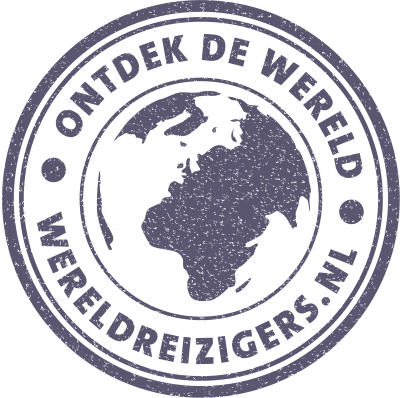Our world trip started in South America. To be precise in Colombia and through various countries we want to descend to Patagonia during this trip and fly on to New Zealand. Unfortunately we are still dealing with the Covid virus worldwide, so we will see if we can stick to these plans, but so far things are going well and we are in Peru! A country we were really looking forward to, because we love nature and the hikes. In this article full of travel information for a trip to Peru I tell you everything you need to know in advance.
Tour in Peru (backpacking)
Peru; the land of the Incas, mysterious discoveries, colonial cities and the traditionally dressed population. Peru is the country of the impressive Andes mountains, deserts and high-altitude lakes. Are you looking for inspiration or information about Peru or are you already backpacking in the country? Then read the articles below packed with information, travel stories and practical tips…
1. The Preparation
- Travel information Peru | Everything you need to know in advance
- How much does backpacking in Peru cost? | All about costs and budget
3. Activities and places of interest
- Cusco | 12x the best tips what to see and do
- Inca Trail | The mystical journey to Machu Picchu
- Hiking in Machu Picchu (Salkantay trekking) | Tips, tours and info
- Hiking in Huaraz | Tips, walking routes, tours and information
- Hiking in Colca Canyon | Tips, walking route, tours and information
- Hiking in Huayhuash (8 days) | Tips, tours and information
- Paracas & Huacachina: Seals, Sandboarding & More!
4. Plan, compare & book
- Itineraries | sawadee, shoestring en King Monkey.
- Flight tickets | Skyscanner.
- Rental cars | Sunnycars, Alamo en rental cars.
- Tours and Activities | GetYourGuide.
- Hostels | Hostelworld.
- Hotels & Resorts | Booking.com.
- SIM cards | International sim.
- Parking (airport) | Parkos, Central parking of iParking.
- travel items (suitcases, world plugs, etc.) | Bol.com.
About Peru
Peru is located on the west coast of South America. This country is located between Ecuador, Colombia, Brazil, Bolivia and Chile, lies against the Pacific Ocean and has almost 30 million inhabitants. Peru is most famous for its Inca culture. The Inca ruins are still an important attraction. The most famous example of this is, of course, Machu Picchu, which in 2007 was declared one of the new seven wonders of the world. Rightly so!
But there is more in Peru. The inhospitable Andes Mountains run right through the country and the natural beauty of the Amazon can also be found here. The pet of Peru is the llama, you see this funny animal all over the country.
Is Peru something for you?
Do you like hiking, nature and are you looking for a country with different extremes? Then Peru probably suits you perfectly! Whether it is part of a long trip or a holiday; this country is going to amaze you!
Peru Must Sees
The route we go into in this article takes you through all kinds of fantastic must-sees of Peru, but you can easily shorten or extend the trip. All options will be clearly indicated. You can take three to six weeks for this route, depending on what you want to do or what you want to skip.

Peru has a lot to offer, of which a lot in nature and therefore outside the cities. Many places also deserve their own blog (which is currently being worked on). Here is an overview of all the most important sights.
- Machu Picchu
- Cusco
- Arequipa
- Paracas
- Huaraz
- Huacachina
- Colca Canyon
- Huayhuash isn't following anyone. Autodesk_new
- Rainbow mountain
- Chinchero, Salineras de Maras & Moray

Itinerary, start and end point
Lima
If you go by plane to Peru, there is a very good chance that you will arrive at the airport of Lima. This is the capital of Peru and it is flown a lot. It is also possible to enter Peru from Ecuador, Colombia of Bolivia, but due to the enormous travel distances you often see this less.
If you come from the Netherlands, you will soon think of a return ticket to Lima. However, you could also consider booking a one-way ticket to Lima and flying back from La Paz (Bolivia), for example. This means you do not need a domestic flight in Peru. For the sake of simplicity, let's assume that you start in Lima.
After landing in Lima, you can of course choose to continue traveling straight away. I myself am not a huge fan of cities during this kind of travel, but for Lima I make a small exception. This city has wonderful restaurants! Still a nice start to relax after a long flight and to be able to eat well…
Huaraz at the beginning or end
After two nights we decided to go Huaraz (Location here) to go. In terms of route, it is best to add this city to Peru at the beginning or at the end of your trip. This is because you can only go there from Lima by bus and this bus takes no less than eight hours.
You could choose to do the more famous round after Lima and fly from Cusco to Lima, so that you can visit Huaraz at the end of your trip. It is said that this is better for getting used to the altitude. However, if you have enough time, you can also go to Huaraz at the start of your trip in Peru. It is important to take a day to acclimatize to the altitude.
We chose to explore the city of Huaraz right away, because we Cusco were going to the border of Bolivia and therefore did not want to go back to Lima for this. Of Southern Cross– bus we went to Huaraz.
You can get on this bus in Lima at two locations, namely bus station Javier Prado (Location here) or North Plaza (Location here). So both from Cruz del Sur. If you come straight from the airport and skip Lima (yet) completely, it's better to go for Plaza Norte. Do you sleep in or around the neighborhood Miraflores, then Javier Prado is perfect.
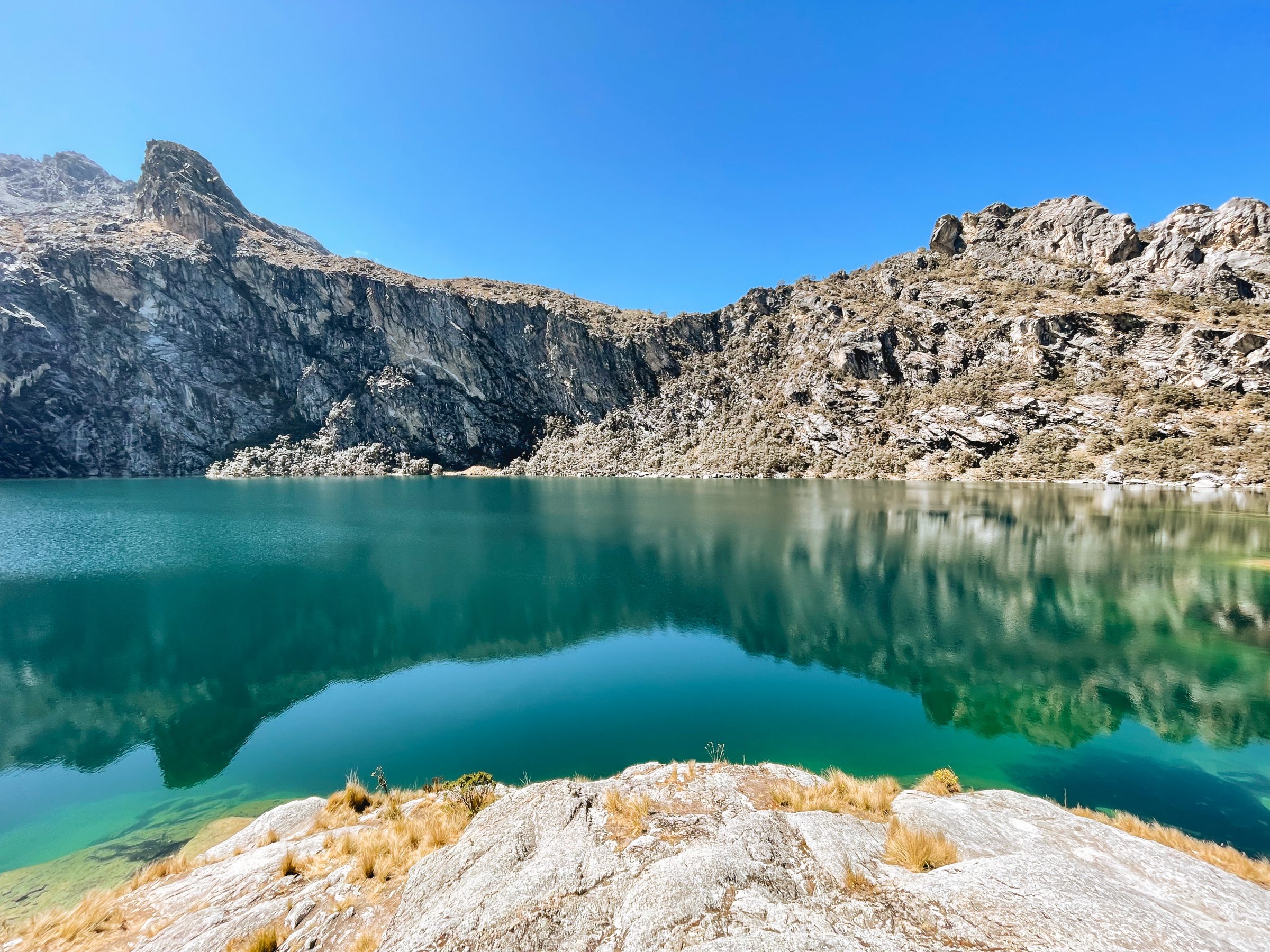
After more than 8 hours on the bus you will arrive in Huaraz. Here you also arrive at a special bus station of Cruz del Sur. If you later also leave with them, remember where he is, that saves searching again!
In Huaraz you can then do several hikes. Both hikes that you can organize yourself by means of a local bus or a hike of a day with a tour, but you can also challenge yourself with a multi-day hike.
After Huaraz we took the same bus back to Lima. You can also take this route as a night bus, but we again opted for a bus during the day.
Paracas
Also this time we decided to recover from this trip and spend the night in Lima. If you would take a night bus, you can immediately take a bus the next day Paracas to grab. This bus takes 'only' 3,5 hours.
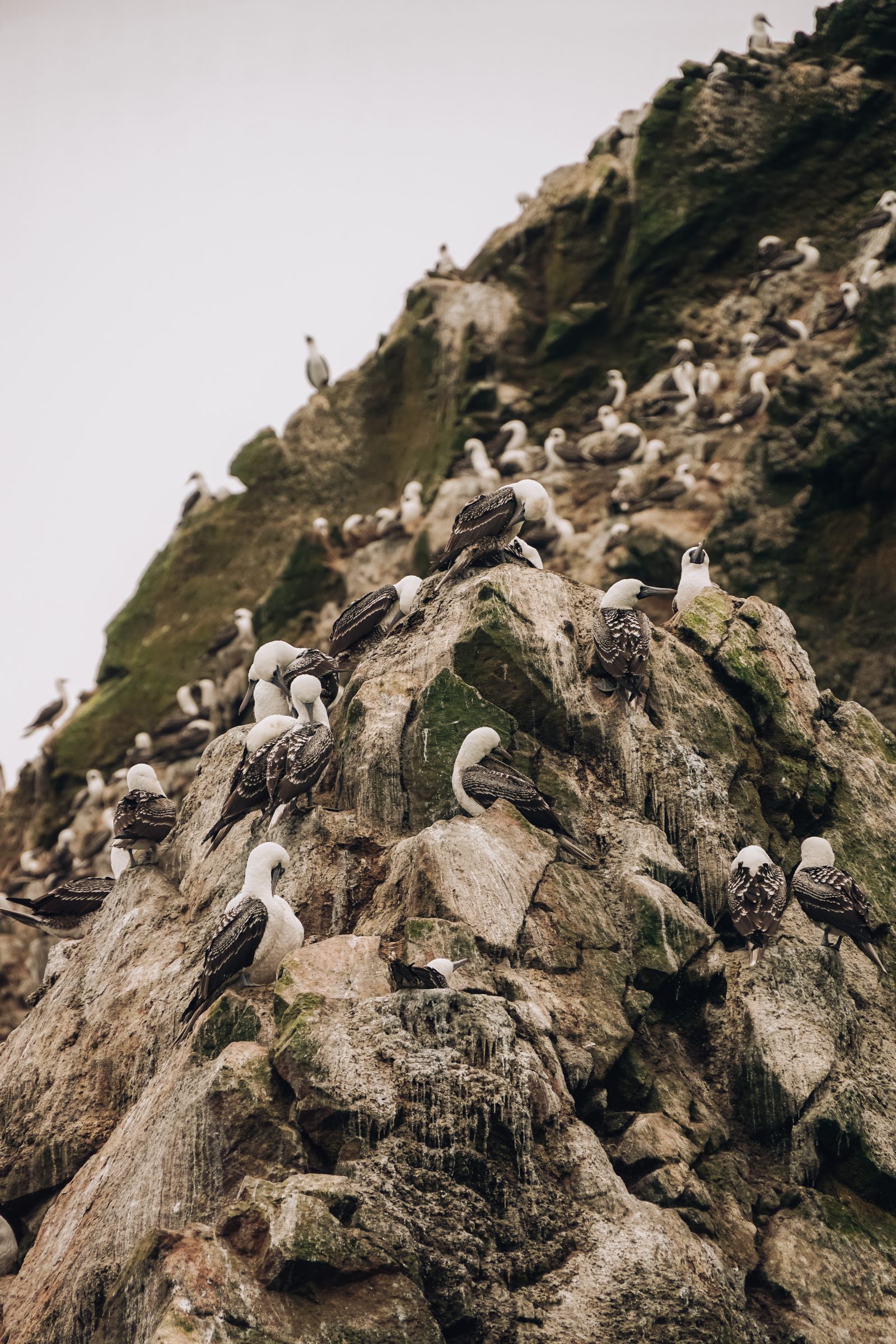

In Paracas (location here) you have two major sights that I would definitely visit both when you are here. You can take a boat trip in the direction of Islands of Ballestas and take a tour in Paracas National Park Reserve. The latter is possible with an organized tour, but you can also do it yourself by renting a bicycle, scooter or car.
Ica and/or Huachina
From Paracas you can continue your way in two ways. You can choose to take the bus to Ica (Location here) and take a taxi or tuk-tuk there Huacachina (Location here), but via the bus company Paracas Explorer you can also take the bus from Paracas to Huacachina. We have done the latter and we certainly recommend it. Ica itself has little to offer and you can therefore safely skip it. In Huacachina you can go buggy driving as well as sandboarding and this is often offered as a combination.
Arequipa
From Huacachina you can't go straight to the next destination Arequipa (Location here). For this you have to transfer in Ica. You can now also take a taxi or tuk-tuk to Ica and there the night bus to Arequipa. A night bus on this route is highly recommended and runs the most. This is partly due to the duration, namely 12 to 14 hours. Upon arrival in Arequipa, you will be dropped off at the main bus station. From here it is the best option to take a taxi to the center.

Arequipa is a beautiful city and there is plenty to discover and experience. In addition, the Colca Canyon very popular to visit from this city. You can visit this second deepest canyon in the world with a tour of both one day and several days. In addition, this hike is also very easy to complete on your own. After this hike you can return to Arequipa, but also continue to Cusco of Puno. We chose to first go back to Arequipa and take a night bus from there to Cusco.
Cusco
Once in Cusco (location here) it is also wise to take a taxi to the center or your accommodation, because here too the bus station is a bit outside the center.
In Cusco you have day tours and of course also multi-day tours. You can do a lot here. We definitely recommend it Rainbow mountain. We had heard different stories about it ourselves, but this trip was not so bad for us. Also Chinchero, Salt Mines of Maras en Moray are wonderful trips and can even be combined. Most also know Cusco as a starting point for a visit to Machu Picchu. We ourselves have the five-day Salkantay Trek direction Machu Picchu, but you can also only visit Machu Picchu.
Also read: Inca Trail | The mystical journey to Machu Picchu
After Cusco you have several options to end or continue your journey. You can easily fly from here to Lima. This way you can still add Huaraz to your travel route if you haven't already done so, but you can of course also fly back to the Netherlands via Lima.
Puno
We ourselves went on to Bolivia and chose to stay overnight in Puno (Location here) with two buses from Cusco to Copacabana (Bolivia) to continue our journey. Puno, like Copacabana, is on the Lake Titicaca. If you want to visit this lake from Peru, you can also do that from Puno. Puno can also be visited between Arequipa and Cusco and you do not necessarily have to take it up and down from Cusco.

Practical Information
The best travel time
You can actually travel to Peru all year round. This is because there are several areas in Peru, where you can best be throughout the year. In general, the months of May to October are considered the best time to travel. You will then find the best weather in most regions.
If you specifically want to have the best weather somewhere, this can be just a little different. In the Andes you prefer dry weather and that is why the months of May to September are the best there. April is also a possibility in this; you have just a little more chance of rain, but it is a lot greener than towards September.
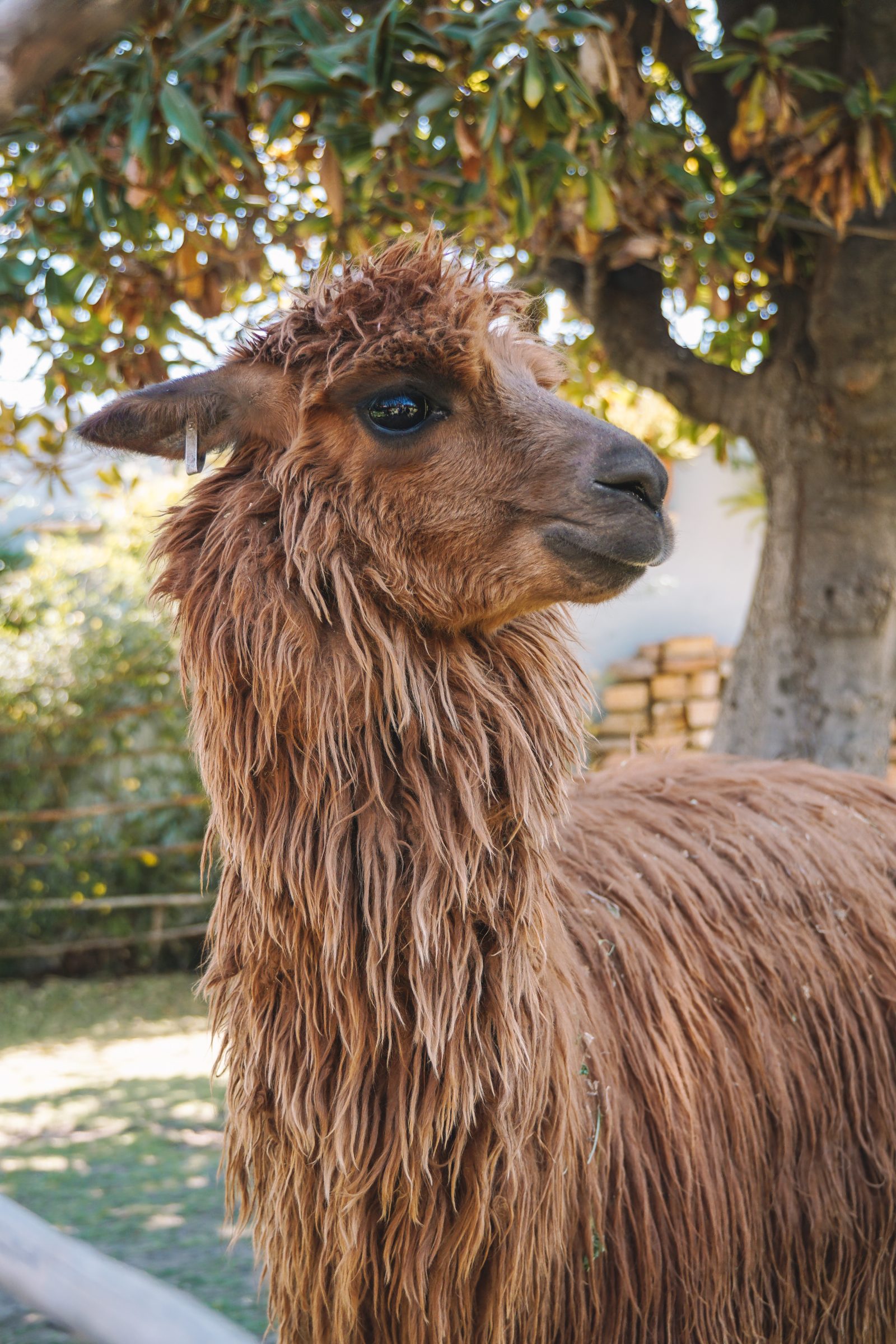
September to November are the best months to visit the Amazon. Outside it is either too dry for the most beautiful nature and spotting most animals or it rains a lot. In the Amazon there can of course always be a shower, it is of course not for nothing that it is so beautiful green in the rainforest.
Our winter is perfect for the coastal area, for surfing for example. The sun shines the most during the months of December to March!
Visa
You do not need to arrange a visa for Peru in advance. You will receive a visa for 90 days upon arrival. All you need is a passport which is still valid for 6 months after departure and an exit ticket. With this exit ticket, they can already see in advance that you will leave the country within 90 days. This can be, for example, a bus ticket to Bolivia, a plane ticket to another country and of course a return ticket.
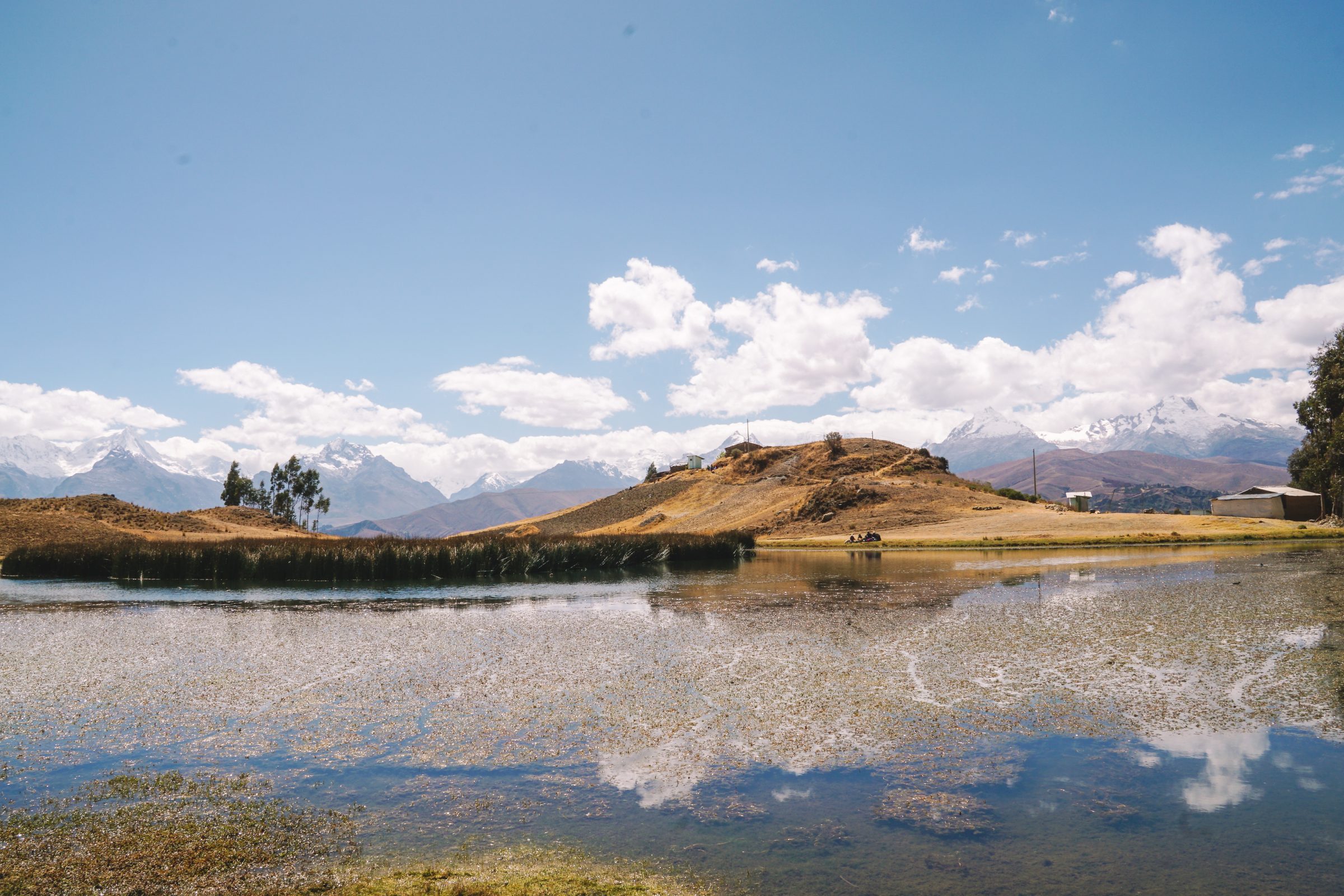
Holidays
The following days or weeks are public holidays in Peru:
- January 1: New Year's Day
- One week in March or April: Semana Santa
- May 1: Labor Day
- June 29: San Pedro y San Pablo
- July 28 and 29: Independence Day (Fiestas Patrias)
- August 30: Santa Rosa de Lima
- October 8: Battle of Angamos
- November 1: All Saints' Day
- December 8: Immaculate Conception
- December 25: Christmas

Tap and drinking water
The tap water is drunk by the local population, but it is not wise for us to drink. You can therefore really buy water on all street corners in Peru. In addition, you can also choose to work with a filter, so that you can eventually drink the tap water.
Clothing Tips
There are no specific dress codes in Peru, but I can give you some tips. Of course it makes a huge difference which places you will visit, because you have warmer and colder places to visit in this beautiful country.
For the coastal region, you'll need to pack some more summery clothes in your bag. It can get quite hot there! For the higher places I especially recommend warmer clothing. Then work especially with layers, so several t-shirts with long and short sleeves. In addition, certainly a thick sweater, maybe even thermal underwear. For the real cold I also recommend gloves, a hat, thick socks and a good rain/wind jacket.
Money matters
Currency
The currency of Peru is the Peruvian sol, or soles. The exchange rate at the moment is 1,- EUR is 3,80 PEN. This can of course change, so check always the price value of that moment at the start of your journey.
Banknotes come in denominations of 10, 20, 50, 100 and 200. Depending on your purchase and the store, 100 banknotes are sometimes difficult to issue. Unfortunately, you get the most from the ATMs. It is therefore recommended to exchange these for a smaller one as soon as possible.
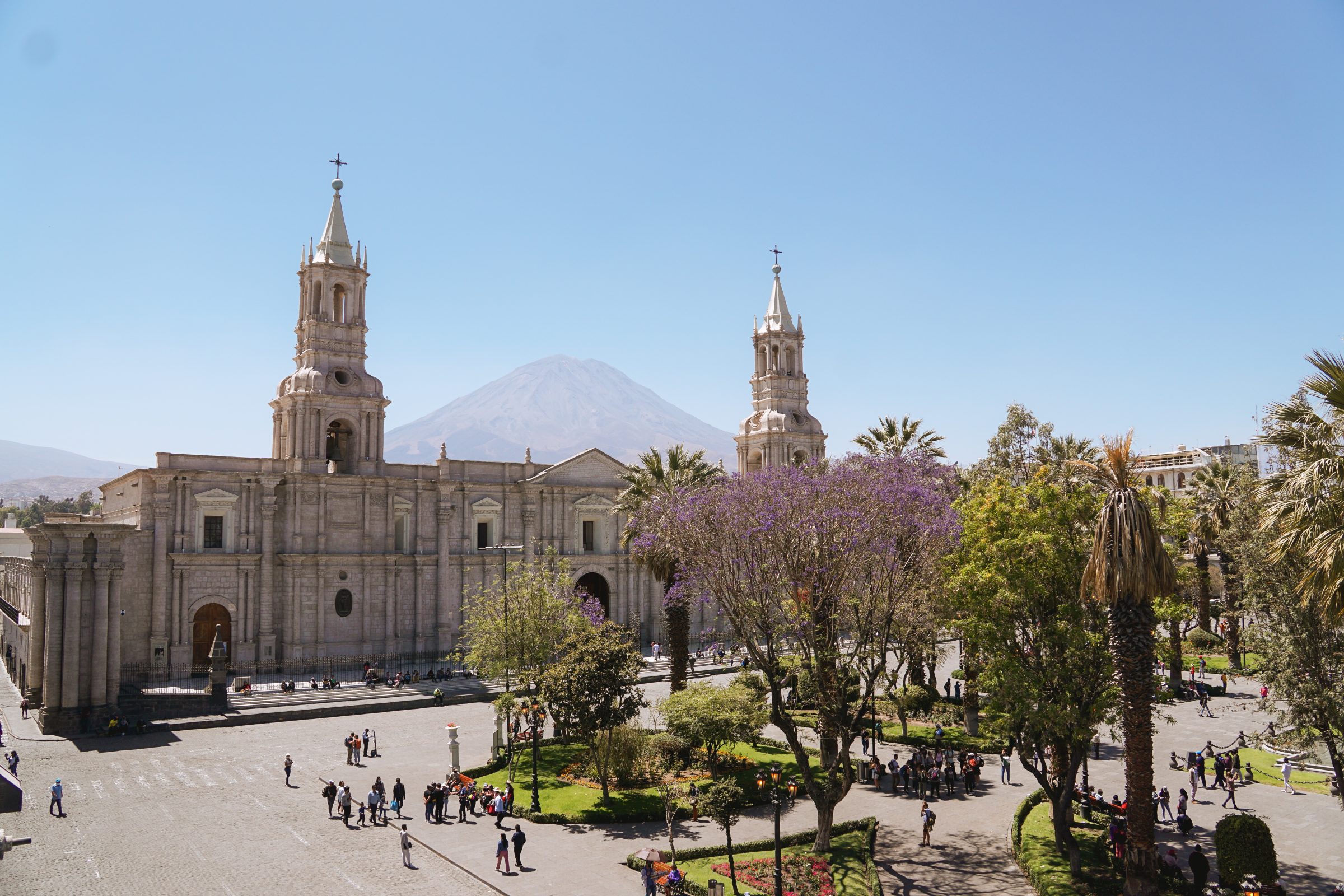
At larger supermarkets and restaurants it was often no problem and you could therefore save some smaller notes for the moments when they really do not have change. Sometimes shopkeepers also act as if they have no change at first, but don't give up too quickly, because if they realize that they don't sell anything else, they suddenly have change!
bank cards
If you want to use a credit card, you can do this in many places! It often saves a lot of unnecessary money from the machines. With pins at an ATM you can often withdraw a maximum amount at a time. Incidentally, this differs per bank and also differs per bank. Incidentally, they sometimes charge an extra fee for paying by card. You can then assess yourself what you pay in fee via an ATM or directly at your hotel or restaurant. Sometimes it is cheaper to still get it from an ATM from the wall. If you want to withdraw money with a debit card, make sure it is on world position.
Also read: Which (prepaid) credit card is best to travel with? And why?
Negotiate
In Peru you can certainly negotiate amounts. Especially in markets and other places where no fixed amount is stated for business. Always judge for yourself whether or not you want to do this. Sometimes you can try to talk about it a little bit, but if you convert it to the euro, it might only be ten euro cents. I myself assess in advance what I want to spend on a certain product before I decide whether I will negotiate at all when I hear the asking price.
Tips
Tipping is fairly common in Peru. The usual amount is between 5% and 10% of the bill. This is almost never put on the bill by default, but it is possible, so pay attention to that before you tip twice.
Tour in Peru (backpacking)
Peru; the land of the Incas, mysterious discoveries, colonial cities and the traditionally dressed population. Peru is the country of the impressive Andes mountains, deserts and high-altitude lakes. Are you looking for inspiration or information about Peru or are you already backpacking in the country? Then read the articles below packed with information, travel stories and practical tips…
1. The Preparation
- Travel information Peru | Everything you need to know in advance
- How much does backpacking in Peru cost? | All about costs and budget
3. Activities and places of interest
- Cusco | 12x the best tips what to see and do
- Inca Trail | The mystical journey to Machu Picchu
- Hiking in Machu Picchu (Salkantay trekking) | Tips, tours and info
- Hiking in Huaraz | Tips, walking routes, tours and information
- Hiking in Colca Canyon | Tips, walking route, tours and information
- Hiking in Huayhuash (8 days) | Tips, tours and information
- Paracas & Huacachina: Seals, Sandboarding & More!
4. Plan, compare & book
- Itineraries | sawadee, shoestring en King Monkey.
- Flight tickets | Skyscanner.
- Rental cars | Sunnycars, Alamo en rental cars.
- Tours and Activities | GetYourGuide.
- Hostels | Hostelworld.
- Hotels & Resorts | Booking.com.
- SIM cards | International sim.
- Parking (airport) | Parkos, Central parking of iParking.
- travel items (suitcases, world plugs, etc.) | Bol.com.












